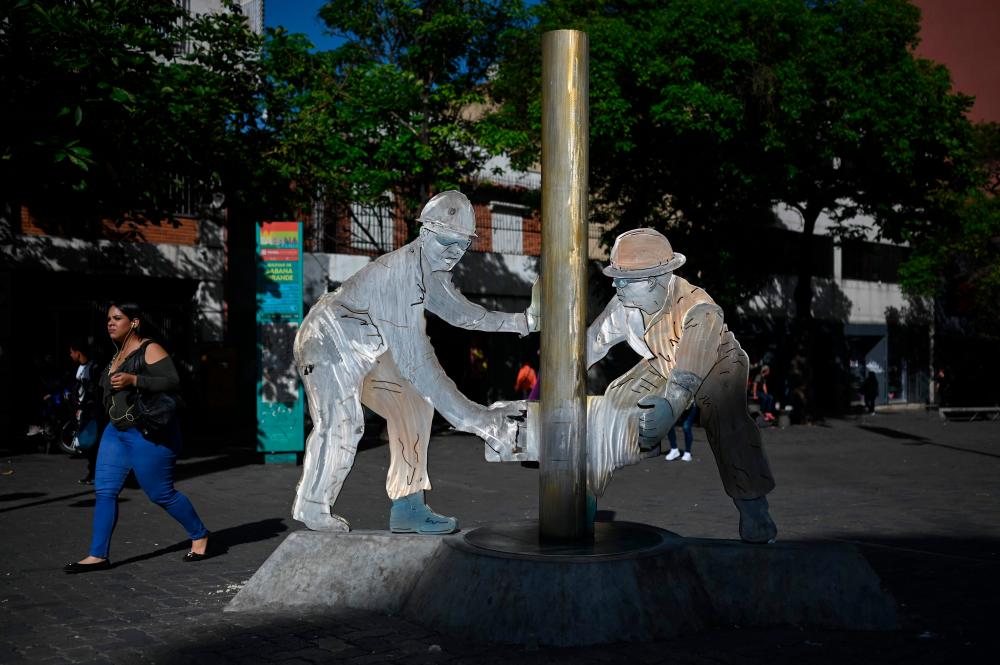NEW YORK: Oil prices slumped over 2% on Tuesday (June 27) on signals that central banks may not be done with interest rate hikes, while industry data showed lower US crude and petrol inventories during the peak summer driving season.
Brent crude futures settled down US$1.92, or 2.6%, at US$72.26 (RM337.09) a barrel. US West Texas Intermediate (WTI) futures dropped US$1.67, or 2.4%, to US$67.70 (RM315.82).
Both contracts are trading broadly within a US$10 range traced since early May. Oanda analyst Craig Erlam said prices were mainly at the mercy of “the ever-changing expectations for interest rates.”
European Central Bank president Christine Lagarde said on Tuesday that stubbornly high inflation will require the bank to avoid declaring an end to rate increases. Higher interest rates can weigh on economic activity and oil demand.
“Despite concerns for the slowing economy in Europe, they are going to put the pedal to the metal with interest rates and that puts pressure to the downside,” said Phil Flynn, an analyst at Price Futures Group.
In the United States, US consumer confidence increased in June to the highest level in nearly 1½ years amid renewed labour market optimism.
But the upbeat data suggested the Federal Reserve will likely have to continue raising interest rates to slow demand in the overall economy. The US central bank, which has raised its policy rate by 500 basis points since March 2022, signalled this month that two additional rate increases were warranted this year.
US. inventory data from the American Petroleum Institute industry group showed on Tuesday that crude oil and petrol inventories fell last week, according to market sources citing the data.
Crude stocks fell by about 2.4 million barrels in the week ended June 23, according to the sources, who spoke on condition of anonymity. Petrole inventories fell by about 2.9 million barrels.
US government data on stockpiles is due on Wednesday.
Brent's six-month backwardation – a price structure whereby sooner-loading contracts trade above later-loading ones – reached its lowest since December and was barely positive, indicating shrinking concern about supply crunches.
For the two-month spread, the market is in shallow contango, the opposite price structure, indicating that traders are factoring in a slightly oversupplied market.
The market, meanwhile, has shrugged off the aborted mutiny by mercenary group Wagner in Russia over the weekend, with Russian oil loadings having remained on schedule.
“The latest geopolitical flare-up quickly pales into insignificance compared to persistent macroeconomic considerations,” said PVM’s Tamas Varga.
This is the case despite Saudi Arabia's pledge to reduce output from July.
Much depends on whether Chinese oil demand picks up in the second half, with Premier Li Qiang saying China will take steps to invigorate markets but providing no details. – Reuters












